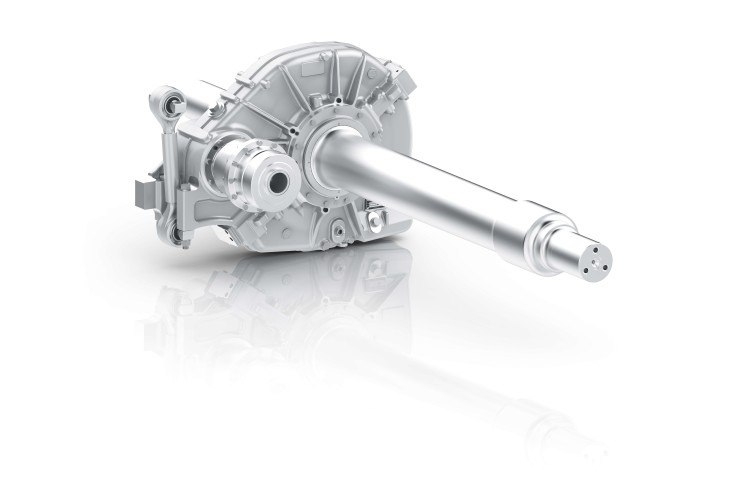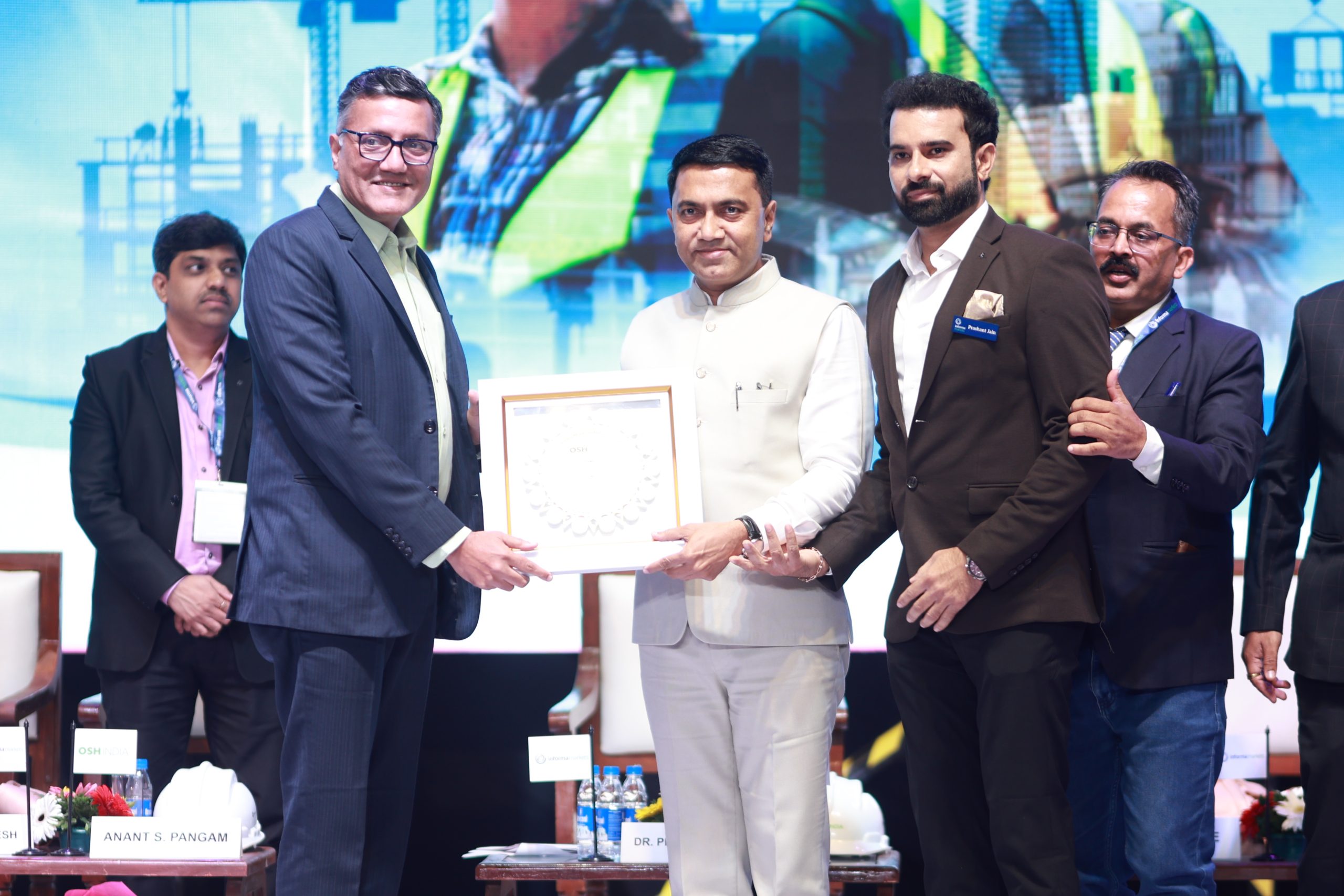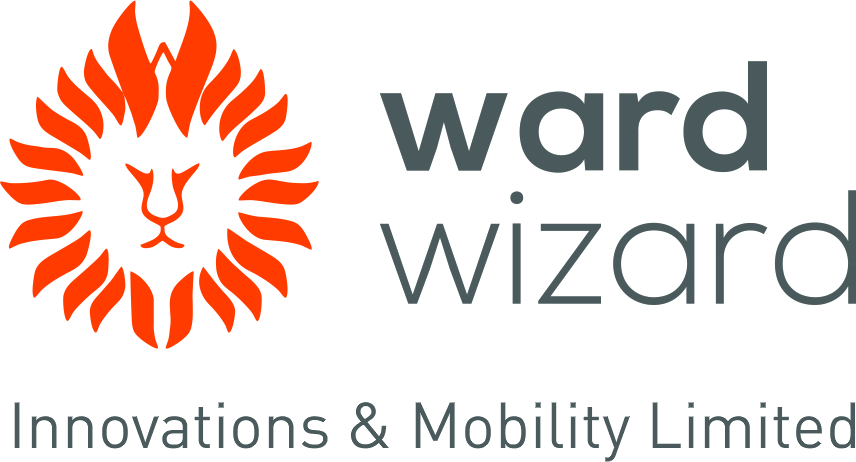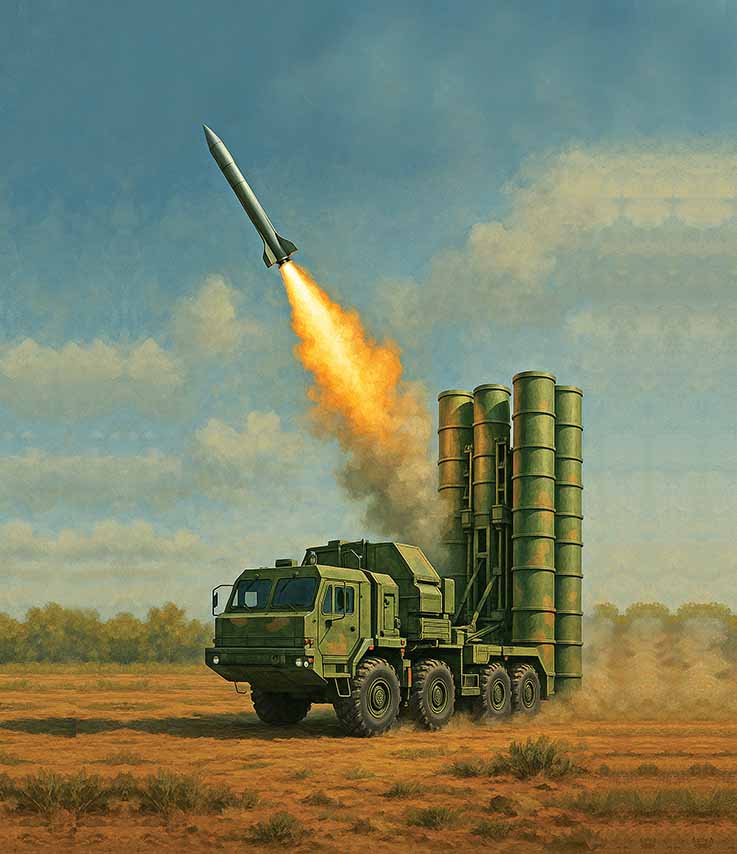The 9th National Productivity Summit organised recently in New Delhi sought to discuss a variety of issues relating to productivity, quality, and cost of operations.
Text: Gaurav Nagpal
Making a sizeable improvement in productivity is easy or quick; it requires sustained efforts across technical and managerial disciplines from the entire manufacturing value chain. To promote productivity in the metalworking industry, the Indian Machine Tool Manufacturers’ Association (IMTMA) recently organised the National Productivity Summit 2015, the 9th in the series.
The event sought to showcase projects in metal working that demonstrated the best improvements in productivity. The two-day summit saw a gathering of more than 400 manufacturing professionals across levels, including CEOs, entrepreneurs, senior executives, and R&D specialists, as well as industry experts from multiple verticals.
MM Singh, Executive Advisor, Maruti Suzuki India Ltd, discussed the key issues of performance of companies in the current economic scenario, and told that the things are slowly improving. To succeed, a company must transform itself from a laggard to a leader, for which a change in mindset is essential. This would require a balanced way of demonstrating the work with the objective of not losing and strive to win the intended motto. The goals have to be defined clearly and the mindset has to be tuned against the goals aligned. The superiors should strategise the plans and the juniors should give shape to the plans and the former should underpins the goals and targets and the latter should work on the feasibility with reference to the past records and the way forward with new ideas and ensure the achievement should at least be a step ahead and bench marks have to be set accordingly.
There are, however, a multitude of factors that contribute towards an inherent hesitation to change on the part of many companies. The employees would be so used to do things in a particular way and that would have become part of their habits and the change catalyst would not stimulate them to cling on to new process immediately. The psychology plays a vivacious role and the mindset will be tuned to think on short term superseding the consequences in a long term. Fear of failure puts a barrier for their new way of doing things. Influential decisions might hinder the positive outcome intended. The decision making should be open and participative and should not be stereotype. This stereotype would pull them back from taking initiatives. Shortage of skills and inability to learn new things stamp the employees in the non performing stage. Adequate prototypes will provide them with aplomb and in turn the change agent will catalyse their new way of doing things.
The productivity operations too have certain lacunae to be mitigated for a successful outcome. Insufficient utilisation of available facilities will enumerate lower output with the same input. The process and operations should always take the inputs of the rejected pieces and ensure the substandard work should not hit the clients henceforth. But the same many a time is not happening. Benchmarks are not set clearly and the challenges are drawn which are so easily achievable. Reactive is no more a term to be used for successful operations. Forecasting the needs, proactive measures should be taken to increase productivity, Change has to be encouraged in a consistent way but the retardation in encouraging the same delivers poor results. The roles and responsibilities have to be defined clearly to avoid unrealistic targets and lame excuses for not having done that.
Productivity concerns can largely be alleviated by a three point focus: on Method, on Machine, and on Man. Method refers to how things are done, and suggests that checks be built in after every step rather than just at the end, so that issues are spotted and fixed on time. Machine suggests that the machinery be inspected sequentially so that no defects are missed and required modifications are made when needed. Man calls for attention towards the availability of suitably skilled people and effective change management through different configurations of people vs tasks.
Cost-effectiveness is closely linked to productivity. Its enhancement would be aided by focusing on each element of each cost category rather than just overall cost. A company should also strive to reuse and modify existing equipment (as against buying new) as well as rationalise machine specifications when purchased. Besides, using energy-efficient equipment would generate a higher RoI as would a lower level of process rejections
One of the biggest contributors, of course, is the skill level of employees. As Rajesh Magoo, COO – Transmission and Engine Component Business, Hitech Gears, said, gaps in this could lead to losses and wastage, and these can be reduced by a structured system of education and training that seeks to improve the deep- and multi-skill level as per requirements. It is important to focus on day-today tasks and working conditions of employees and to understand the meaning of and requirements for high performance. They must be empowered and motivated by encouraging participation in problem solving as well as treatment at par across levels.
All of these ultimately have a bearing on quality. Rajeev Wasan, Senior VP – Manufacturing, Honda Cars India Ltd, explained that traditionally, quality has referred to that of the product or output; however, inputs require equal focus. Quality has a direct correlation with productivity and cost; thus, improving quality should be a target for everyone. The key inputs and related measures are; Men: require suitable training and work infrastructure. Machines, toolings, jigs, fixtures: good design helps to minimise investment, material, process: treating quality as a function of process capability, cross-checking methods, and document completeness and work environment: must be healthy and include a proper layout as well as availability of natural lighting and green/eco-friendly areas to foster healthy interaction.













Leave a Reply